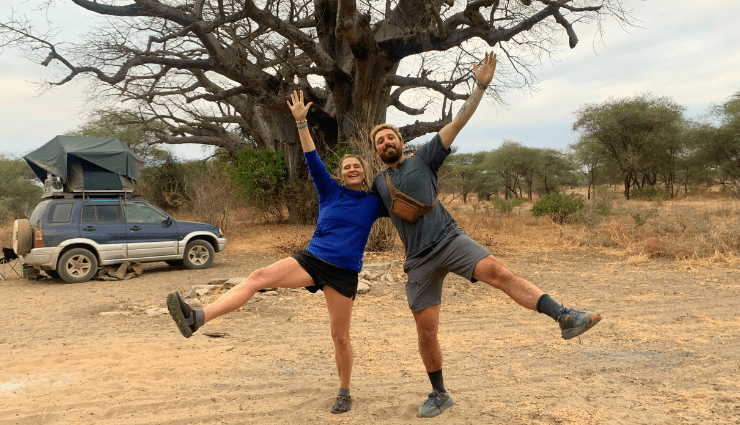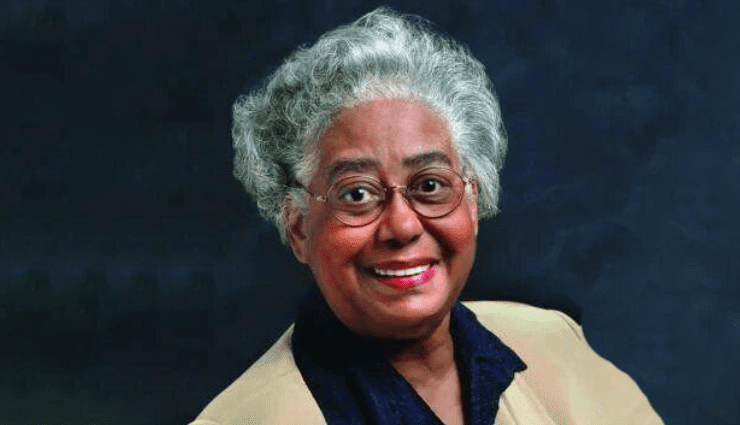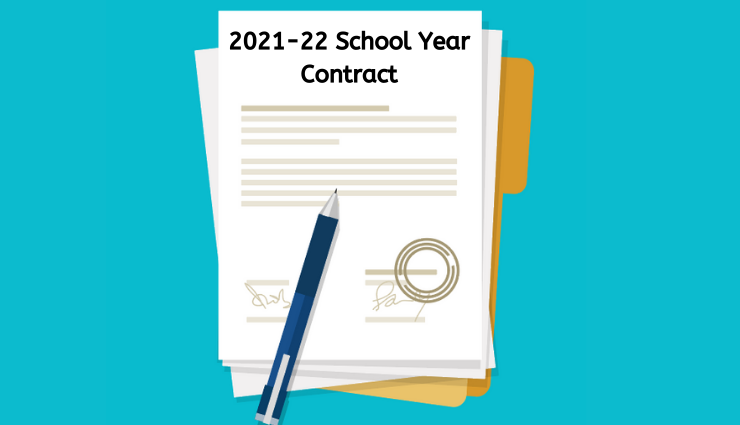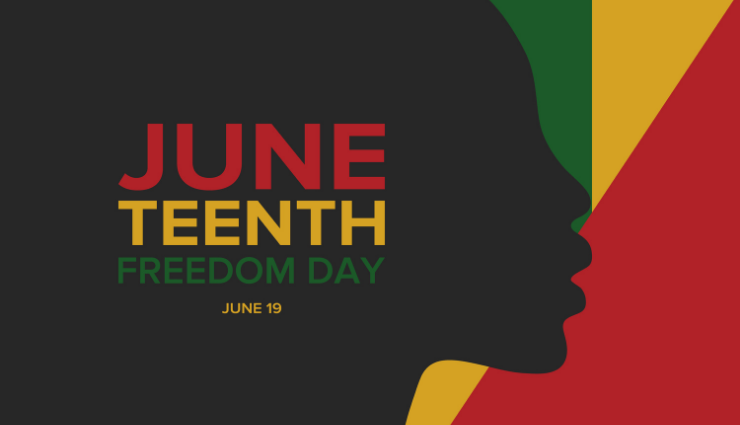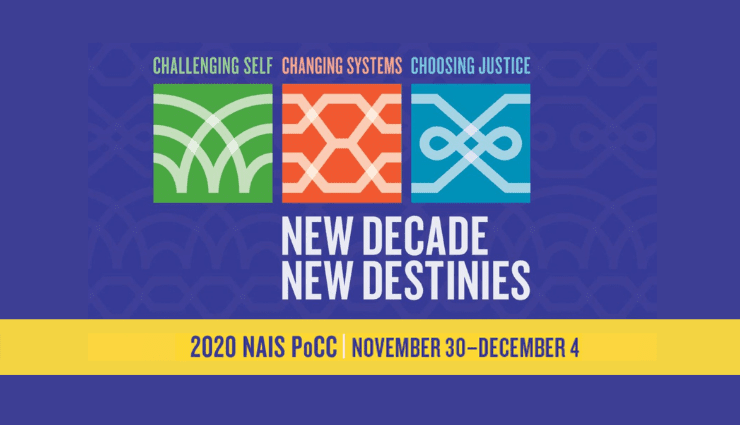To Hire Well Virtually, You Need a Structured Hiring Process

Recently, I posted a short piece encouraging schools not to fear virtual hiring. While virtual hiring represents a change for many schools, there are plenty of schools — such as Avenues: The World School, where I work as the Director of Talent Acquisition, as well as many international schools — that have been successfully interviewing, evaluating, and hiring excellent teachers virtually for years. In fact, when done well, virtual hiring offers schools the chance to rethink their hiring process to avoid common hiring mistakes. And a better hiring process will lead a school to better hiring results!
At Avenues, we believe that while there’s art to interviewing (regardless of in person or virtually), there’s more science than art. In other words, many typical hiring approaches don’t work as well as we’d like to believe. Casually made position descriptions, unstructured interviews, an over-reliance on gut feel in decision making, and valuing a candidate’s experience over his or her talents and values alignment — these are all typical problems that arise when hiring is left to primarily to instinct. Too often, they lead to poor hiring decisions.
At Avenues, our approach remains consistent, whatever the interview format. Whatever combination of phone, video, and in-person interviews we employ in a search, we:
- Ground every hiring decision in evidence. Hiring decisions must be driven by clear, persuasive evidence collected throughout the hiring process.
- View hiring as a team sport, with multiple perspectives and one decision maker. Members of a hiring team must be candid in their evaluations. They may vigorously disagree with each other. But it’s not a consensus vote. One leader is responsible for the final decision and the whole team commits to the new hire’s success.
- Use carefully crafted written scorecards for each role. These scorecards define a vivid, clear definition of job success and the profile of the right candidate. They must be finalized before interviewing begins.
- Gather a diverse group of candidates. For all hires, we aim for the largest, most diverse possible pool of talented candidates.
- Design the process for each position. A good interview process is a structured investigation that helps us best understand a candidate’s strengths, weaknesses, motivations, and fit for a role and Avenues.
- Use multiple kinds of assessments. These include career history and behavioral interviews, work samples (e., demo teaching, lesson plans, curricular material), and in-depth reference calls to past supervisors.
- Help candidates interview us, too. We want a finalist to understand the role and Avenues in depth before saying yes. We do this through authentic conversations, answering candidates’ questions candidly, and ensuring the overall experience is positive and welcoming.
Our hiring process in an all-virtual world
Avenues has a multi-step interview process for each candidate. Prior to the coronavirus pandemic, many of these steps happened virtually, depending on a candidate’s location. Now, with Avenues New York likely closed for the rest of the academic year, we’re doing all steps virtually.
Each interview is a piece of a complete puzzle. Since different kinds of assessments yield different data, we combine them to build the fullest possible picture — one that will help us make the right hiring decision. Overall, we’re looking for candidates who shine in four areas specific to Avenues: mission alignment, valued behaviors, transformative impact in the role, and adding diversity to the team.
Who does what?
In the stages below, I have not specified which role on our team does which step, because it depends. Avenues has five campuses (New York, São Paulo, Shenzhen, Silicon Valley, and Online), each of a different size and at a different stage of growth. So while our hiring approach is consistent across the organization, which person does which step is determined at each campus, by the leader of the hiring team (for faculty, that’s the division head). This chart shows some recommended ways to divide the work. There’s no one right answer; what’s key is to clarify up front who will do what in the hiring process.
| Interview Stage | Responsible Individual(s) |
| Application + Phone Screen | Associate division head, department chair, or people and culture (HR) team member. |
| Demo Lesson + Work Sample | Associate division head, division head, department chair, or other instructional/content expert. |
| Career History | Ideally, the hiring manager — i.e., division head, associate division head, or both. |
| Valued Behaviors | Any member of the hiring team. We use heads of school, teachers, people and culture team members, and others. |
| Reference Checks | Hiring manager (division head), people and culture team member. |
Learning to Interview
Interviewing is a learnable skill, not a mystical art. For all those involved in interviewing, we provide resources (such as Who: The A Method for Hiring as well as ones we’ve created), practice, and training. New interviewers observe experienced interviewers and debrief afterward. We provide interview guides specific to the interview stage, and direction on how to use them.
Application and Phone Screen
At the start, we review applications and conduct virtual screening of a number of candidates. We screen for key experiences, mission alignment, and signs of high performance, seeking to narrow the pool to the most promising candidates. With strong candidates, we use this step to both build a relationship and authentically promote Avenues and the role. Phone screens typically run around 30 minutes, but can be shorter or longer depending on the candidate.
Work Sample or Demo Lesson
The goal here is to show how a candidate actually does the work, not just how he or she talks about doing it. For teachers, this means teaching. Given that schools are currently closed and a live, in-person demo lesson is not an option, schools must find alternatives that make sense for them.
To prepare for virtual demos: you must clarify what your school uses demo lessons to learn. One school may prioritize content expertise; another might focus on rapport with students and classroom culture; another may want to see how a teacher responds to feedback. Depending on what’s most important, schools may take different approaches to selecting a virtual substitute for a live demo lesson.
At Avenues, our first choice alternative is for candidates to send us an existing video of their teaching. They may have made these for master’s classes, certification, observations/evaluation processes, or other interviews. If the candidate doesn’t have a lesson video, we use the why question about the demo lesson to inform what alternative(s) we’ll use. These are options we’ve employed, each with its pros and cons:
Live teaching via Zoom
Candidates teach a 20-minute lesson with a small group 4-5 students over Zoom (use whatever video conference platform your school prefers), with the interviewer observing, followed by a debriefing after. (This is often our second-choice option.)
Collect relevant teaching artifacts
Candidates share their planning materials — both for specific lesson ans relevant units/lessons they’ve taught elsewhere, and/or relevant student work examples they can analyze with you.
Record a new demo lesson
Have the candidate record self-teaching to an empty room or to a few adults over Zoom.
Design a written exercise or challenge
This can take many forms, but it is primarily good for testing curriculum design ability and/or content knowledge.
Virtual teaching observation
Have the candidate provide critique/feedback on a lesson video that you send them to review.
An essential part of any work sample, including any of these approaches, is reflection on how it went. We always debrief with candidates, asking them to reflect on their planning, instructional choices, what they’d do differently, etc. Again, each school should consider what you most want to learn from whichever tasks you’re using, and plan an appropriate debrief approach.
Career History Interview
The career history interview is a chronological, structured telling of the candidate’s life story. It helps you understand the candidate’s accomplishments, job transitions, and the challenges that have come with each position held. It typically takes 60-90 minutes for most teachers, up to three to four hours for senior leadership roles. We’re looking for the candidate’s patterns of behavior, because patterns generally indicate how people will continue to behave/perform. We’re looking to understand how they tackle challenges, achieve goals, relate to school leaders and colleagues, and learn and reflect over time.
Valued Behaviors Interview
Every school has professional behaviors it values. At this stage at Avenues, we want to probe more deeply to understand how a candidate aligns with behaviors we highly value: collaboration, resourcefulness, courage, adaptiveness, accountability, and learning. We will typically select two or three of these values to explore in depth in a 60-minute interview, depending on what areas we feel we need more information in after preceding interviews.
Whether live or virtually, we ask behavioral questions. Our questions usually start with “Tell me about a time when,” not “What would you do if,” to get at relevant examples from their actual experience. The key is to continue probing with follow-up questions to understand the situation in depth.
Reference Check
This is an essential step to further inform your hiring decision. The goal is to get honest and specific information about your candidate’s past performance from people who managed him or her. Good reference checks double check and refine your understanding of the candidate’s strengths and growth areas, and prepare you to start supporting him or her effectively on day one.
At Avenues, again, we offer interviewers a set list of questions designed to gather objective information about each candidate. However, we don’t expect our interviewers to ask every question. Rather, we encourage them to focus on an engaging conversation with the references, while ensuring that they address the two key areas — confirming the candidate’s strengths and identifying areas for growth.
The Debrief
The debrief is the time to put the puzzle pieces together: for interviewers to share evidence and data gleaned from each interview. When debriefing, we take special care to explore areas where there is mixed or negative feedback. By this point, we are aware of weaker points and stretch areas, and we consider whether they are relevant, manageable, coachable — or disqualifying. Usually, the process is strong enough that we are moving to an offer with confidence.
Yes, hiring takes time and it’s a lot of work. There are no shortcuts to hiring well, and our hiring process is undoubtedly time intensive. But we have found that this approach absolutely gets us the best results, and is totally worth it. With it, we know that we are hiring truly talented educators who understand and align well with our mission — and who can start contributing to the school community on day one.
Diego Merino is the Director of Talent Acquisition at Avenues: The World School. He is based in New York City. Avenues, a pre-K-12 school, has four interconnected campuses globally: New York City; Silicon Valley; Sao Paolo, Brazil; and Shenzhen, China. It also has a virtual school program for grades 4-12.
